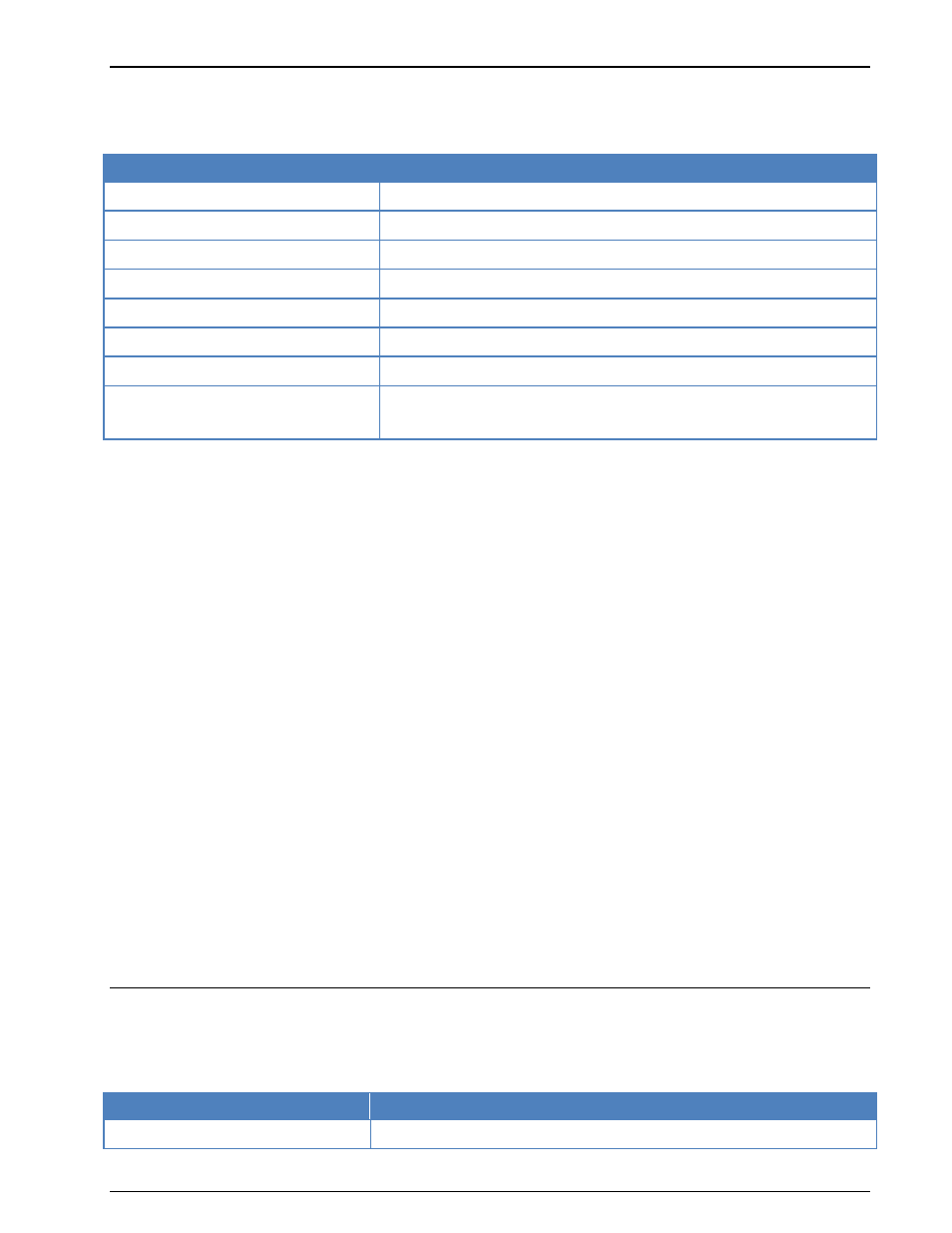Packet-9600, Pactor – Wavecom W61PC V7.5.0 User Manual
Page 201

WAVECOM Decoder W61PC/LAN Manual V7.5
Transmission Modes
191
PACKET-9600
PACKET-9600 may be monitored in the amateur UHF and SHF bands. 2400 Baud transmissions are rare.
Some digipeaters support two modes, PACKET-1200 and PACKET-9600.
Parameter
Value
Frequency range
VHF/UHF
Operation modes
Duplex FEC TDMA
Modulation
GFSK
Shift/Bandwidth
4800 Hz
Symbol rate
2400, 4800 and 9600 Bd
Receiver settings
FM BW = 15 kHz
Input format(s)
IF
Additional Info
ITA-5 with block coding
Amateur AX.25 System
To start PACKET-9600 select a baud rate. The correct shift may be set in the Demodulator menu. The
default value for the shift is 4800 Hz.
As PACKET-9600 uses direct FSK modulation, the offset frequency pre-selection is equal to the center fre-
quency of the IF input. Some digipeaters offset their transmit frequency up to 1.000 Hz from their normal
frequency and this introduces many reception errors. The frequency offset is compensated by changing
the offset frequency.
The packet radio protocol is a derivative of the X.25 and HDLC computer network protocols. Packet radio
is a synchronous system in which data is transmitted in ASCII character packets.
At the start and end of each block a control character or flag (01111110) is sent. The address can consist
of up to 80 characters, but 16 or 24 character addressing is common when using direct connections or a
single repeater.
The packet protocol distinguishes between three frame types: I (Information), S (Supervisory) and U (Un-
numbered). Payload data transfer uses I frames or very rarely U frames. S and U frames are used for
transmission control.
The data field can contain up to 256 characters. All characters and character combinations are permitted
since transmission is transparent. A checksum is sent in the FCS field.
The status field contains three fields with connection status information in addition to the call-signs:
Frame types are indicated by I, S or U.
S-frame status messages, e.g. Receiver Ready (RR), Receiver Not Ready (RNR) or Reject (REJ)
are displayed.
In the third field, the transmit and receive sequence numbers are displayed. This number ranges
from r0 to r7 or s0 to s7. The sequence number indicates to the opposite station which packets
have been received free of errors.
The large volume of available radio amateur literature is recommended for further study of the packet ra-
dio system.
PACTOR
PACTOR is a frequent visitor in the amateur radio bands. In addition, commercial users also use this sys-
tem. The data protocol was modified into several variants for this purpose. The WAVECOM software auto-
matically detects and decodes versions 1 to 8.
Parameter
Value
Frequency range
HF